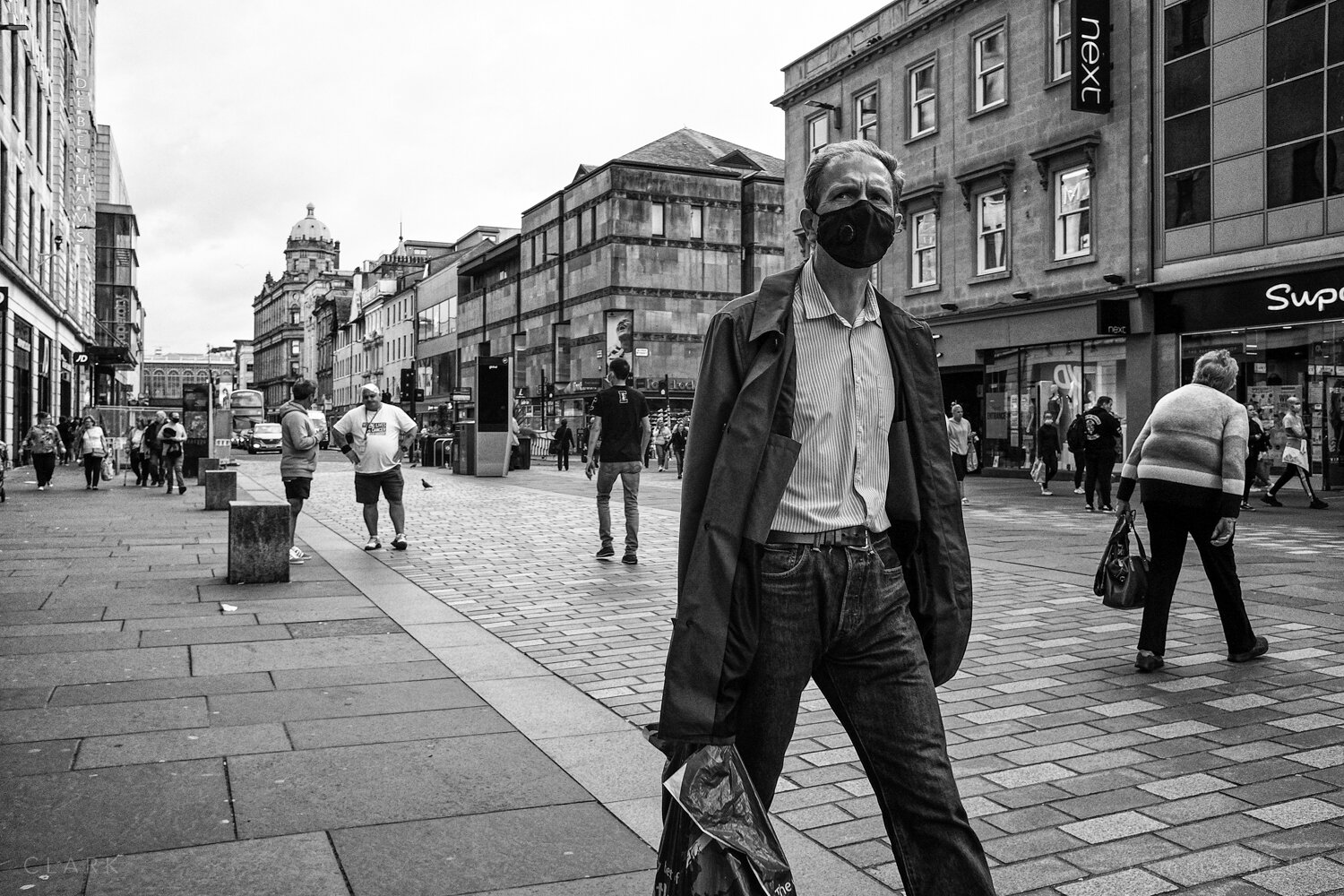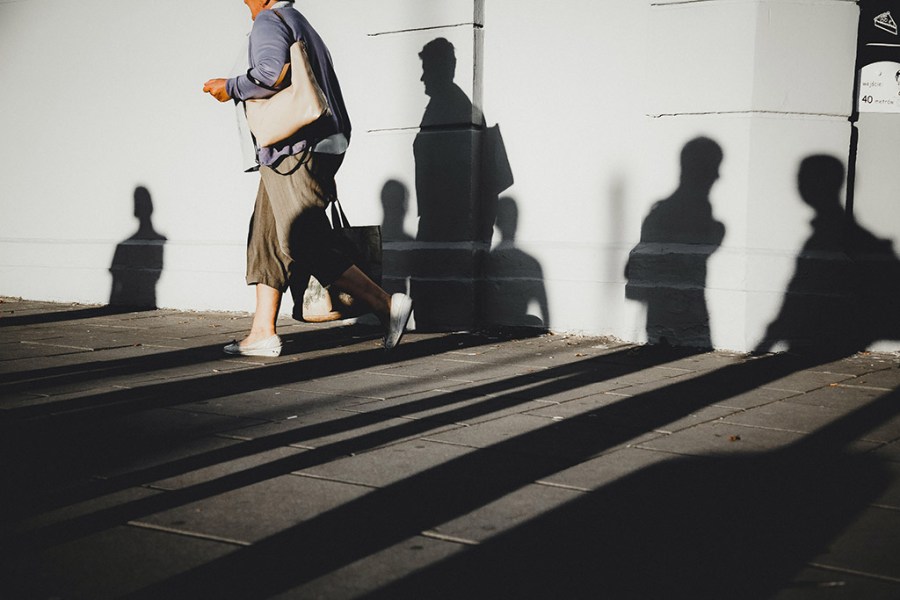An Unbiased View of Street Photographers
An Unbiased View of Street Photographers
Blog Article
The Of Street Photographers
Table of ContentsStreet Photographers for DummiesGetting My Street Photographers To WorkThe Main Principles Of Street Photographers The Buzz on Street PhotographersRumored Buzz on Street Photographers
, a category of photography that records everyday life in a public area. The very publicness of the setting makes it possible for the photographer to take honest photos of unfamiliar people, frequently without their knowledge. Street photographers do not always have a social function in mind, however they choose to isolate and catch moments which may otherwise go unnoticed.He was influenced by several of those that influenced the street professional photographers of the 1950s and '60s, he was not mainly interested in recording the spirit of the street., who functioned side by side with photographers attempting to capture the essence of city life.
As a result of the relatively primitive modern technology offered to him and the lengthy direct exposure time required, he struggled to catch the pressure of the Paris streets. He tried out with a collection of photo techniques, trying to discover one that would certainly allow him to record movement without a blur, and he found some success with the calotype, patented in 1841 by William Henry Fox Talbot. While the digital photographers' subject was basically the very same, the outcomes were markedly various, demonstrating the impact of the digital photographer's intent on the character of the pictures he created.
10 Easy Facts About Street Photographers Described
Offered the fine quality of his pictures and the breadth of product, engineers and artists frequently acquired Atget's prints to utilize as referral for their very own job, though business interests were rarely his major inspiration. Rather, he was driven to picture every last residue of the Paris he enjoyed.

Unlike his peers, Brassa used a larger-format Voigtlnder video camera with a much longer exposure time, requiring him to be much more calculated and thoughtful in his method than he could have been if using a Leica. (It is assumed that he might not have actually been able to manage a Leica during that time, but he did, however, make use of one in the late 1950s to take best site colour photographs.) Brassa's photos of the Paris underworld brightened by man-made light were a discovery, and the compilation of the series that he released, (1933 ), was a major success.

All About Street Photographers
It is as a result of this fundamental understanding of the art of picture taking that he is usually credited with finding the medium all over once more approximately a century given that its creation. He took photos for greater than a half century and influenced generations of professional photographers to trust their eye and instinct in the minute.
These are the concerns I shall attempt to answer: And afterwards I'll leave you with my own interpretation of street digital photography. Yes, we do. Let's begin with defining what a definition is: According to it is: "The act of defining, or of making something guaranteed, distinct, or clear".
No, certainly not. The term is both limiting and misguiding. Seems like a road photography should be pictures of a streets best?! And all road digital photographers, with the exception of a small number of absolute newbies, will totally value that a road is not the key part to street photography, and really if it's an image of a street with possibly a couple of uninteresting individuals doing nothing of interest, that's not street photography that's a photo of a street.
How Street Photographers can Save You Time, Stress, and Money.
He makes a valid point don't you assume? However, while I concur with him I'm not exactly sure "honest public digital photography" will catch on (although I do type of like the term "candid photography") since "street digital photography" has actually been around for a long time, with lots of masters' names affixed to it, so I believe Get the facts the term is here to remain.
Inside?! I hear you yell as you drink your clenched fist to the skies. Why not? You can shoot at the beach, at an event, in an alley, in a park, in a piazza, in a cafe, at a museum or art gallery, in a metro station, at an event, on a bridge, under a bridge ...
Yes, I'm terrified we have no option! Without regulations we can not have a definition, and without a definition we don't have a style, and without a style we do not have anything to specify what we do, and so we are stuck in a "guidelines interpretation category" loophole! And no-one desires to get stuck in a loop. - Street Photographers

Report this page